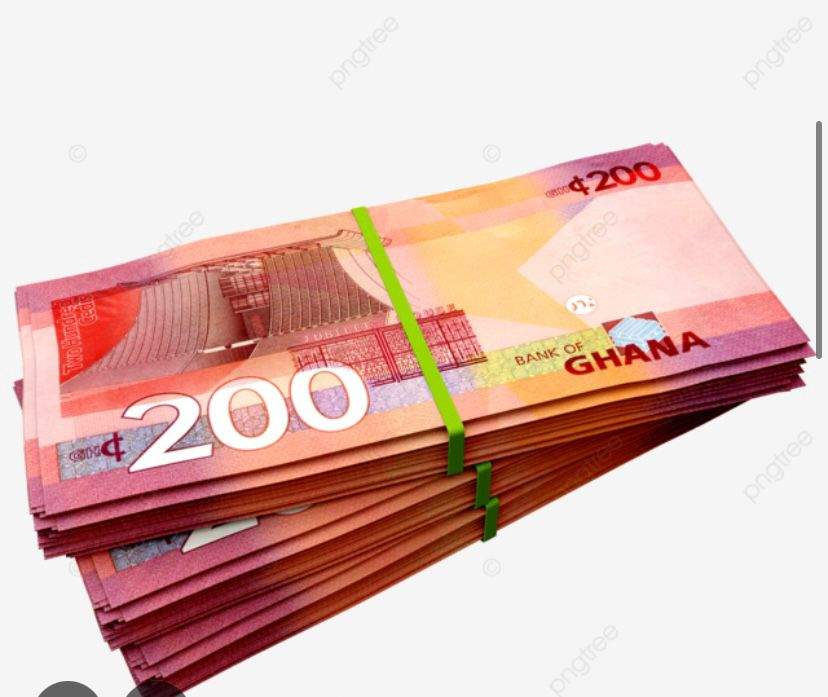After the change in governance from NPP to NDC in 2025, the Ghanaian cedi has experienced an indicative depreciation against all foreign currencies. This occurrence has raised concerns among businesses, consumers, and policymakers. Understanding the factors contributing to this decline and the potential timeline for stabilization is crucial for navigating the current economic and business terrain.
Key Factors Behind the Cedi’s Depreciation
1. High Inflation and Cost-Push Pressures
As of February 2025, Ghana’s inflation rate stood at 23.1%, driven by rising prices of important produce like food and fuel. This continuous decline underrated the purchasing power of the cedi, urging businesses and individuals to seek more stable foreign currencies, thereby increasing demand for the dollar .
2. Persistent Fiscal Deficits and Rising Public Debt
According to Myjoyonline, Ghana has been running huge budget deficits, leading to an increased borrowing. In 2023, the fiscal deficit reached GH¢61,475 million, equivalent to 7.7% of GDP. This borrowing increases the national debt and the cost of debt servicing, often involving payments in foreign currencies, further weakening the cedi.
3. Trade Imbalance and Low Foreign Exchange Reserves
Ghana’s reliance on imports for essential goods, coupled with challenges in export sectors like cocoa, oil, and gold, has led to a trade deficit. This imbalance increases the demand for foreign currencies to pay for imports. Additionally, low foreign exchange reserves limit the central bank’s ability to stabilize the currency .The Business & Financial Times
4. Speculative Activities and Market Sentiment
Speculation in the foreign exchange market, driven by expectations of further depreciation, has led to increased selling of the cedi. Many traders and investors are converting their holdings into more stable currencies .The Business & Financial Times+1Modern Ghana+1
5. External Economic Shocks
The Business & Financial Times has the opinion that Global economic uncertainties, such as changes in US Federal Reserve policies and fluctuations in commodity prices, have impacted investor confidence and capital flows. These external factors have led to reduced investment inflows and increased capital outflows, weakening the cedi .
Recent Trends and Outlook
Regardless of these challenges, there are signs of stabilization. The Bank of Ghana maintained its key interest rate at 28.0% in May 2025, focusing on controlling inflation and supporting the cedi . According to Reuters, the central bank’s interventions, including foreign exchange auctions, have provided temporary relief.
Analysts have explained continued slowdown in the cedi’s depreciation throughout 2025, factors such as improved cocoa production and sustained foreign exchange inflows will contribute to this assertion,
When Will It End?
While it’s challenging to pinpoint an exact timeline, the cedi’s stabilization depends on several factors:
- Inflation Control: Achieving the central bank’s inflation target of 8% will bolster confidence in the cedi.
- Fiscal Discipline: Reducing budget deficits and public debt will alleviate pressure on the currency.
- Export Diversification: Improving export sectors beyond commodities will improve foreign exchange earnings.
- Investor Confidence: Encouraging trust in Ghana’s economy will attract investment and stabilize the currency.
If these measures are effectively implemented, the cedi may begin to appreciate in the second half of 2025. However, unforeseen global economic developments could alter this trajectory.



